Tuesday, April 26, marks the 30th anniversary of one of the worst man-made disasters in history, the explosion at the Chernobyl nuclear power plant in northern Ukraine, where the once bustling city of Pripyat has now been reduced to a ghost town.
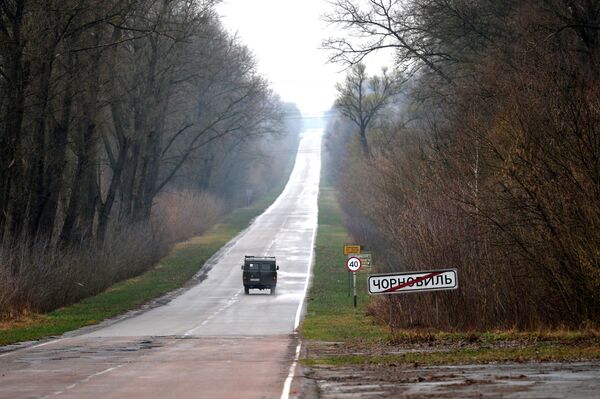
1/17
© Sputnik / Alexey Vovk
The construction of the V. I. Lenin Nuclear Power Station, the first one on Ukrainian soil, kicked off in 1970. Seven years later, the first reactor came online and by 1983 the plant’s four reactors were producing about 10 percent of Ukraine’s electricity.
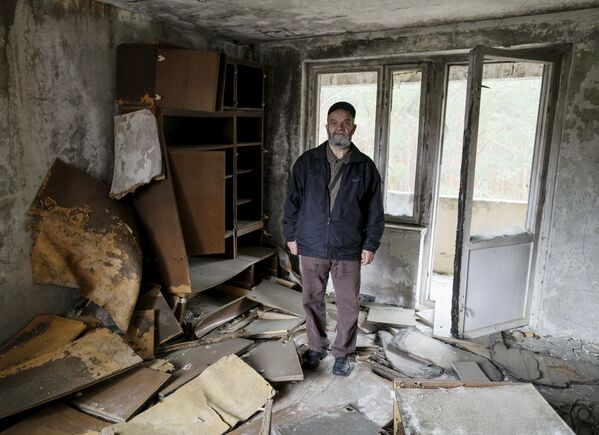
The NPP became a backbone enterprise for Pripyat – the ninth Soviet atomic-town to house workers and their families. Before the nuclear disaster, the city of Pripyat had a population of about 50,000 people.
Above: Nikolai Chernyavskiy, 66, poses for a photograph in his flat which was evacuated after an explosion at the Chernobyl nuclear power plant, in the ghost town of Pripyat, Ukraine April 18, 2016.
Above: Nikolai Chernyavskiy, 66, poses for a photograph in his flat which was evacuated after an explosion at the Chernobyl nuclear power plant, in the ghost town of Pripyat, Ukraine April 18, 2016.
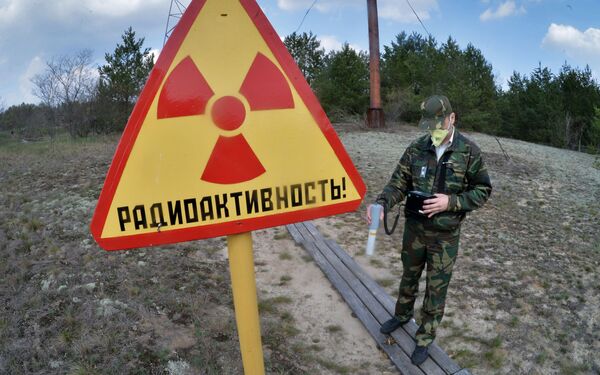
3/17
© Sputnik / Viktor Tolochko
On the night of April 25, 1986, a group of engineers at Chernobyl’s number four reactor began an experiment to test new equipment. The operators needed to reduce the reactor’s power capacity, but as a result of a miscalculation the output dropped to a critical level, triggering an almost complete shutdown.
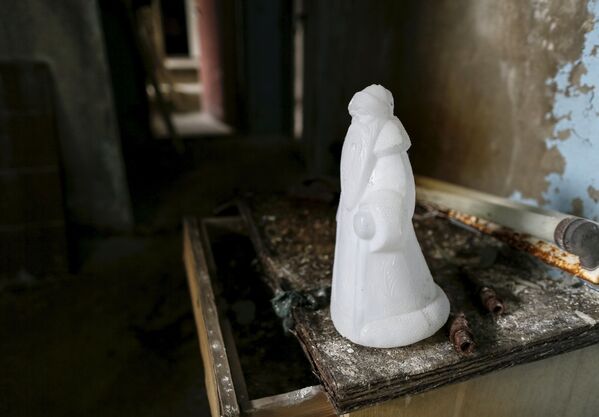
A decision was taken immediately to increase the power level. The reactor started to overheat, and a few seconds later two large explosions occurred. The blasts partly destroyed the reactor core, igniting a fire that continued to burn for nine days.
Above: a New Year decoration is seen in a house which was evacuated after an explosion at the Chernobyl nuclear power plant, in the ghost town of Pripyat, Ukraine April 18, 2016.
Above: a New Year decoration is seen in a house which was evacuated after an explosion at the Chernobyl nuclear power plant, in the ghost town of Pripyat, Ukraine April 18, 2016.
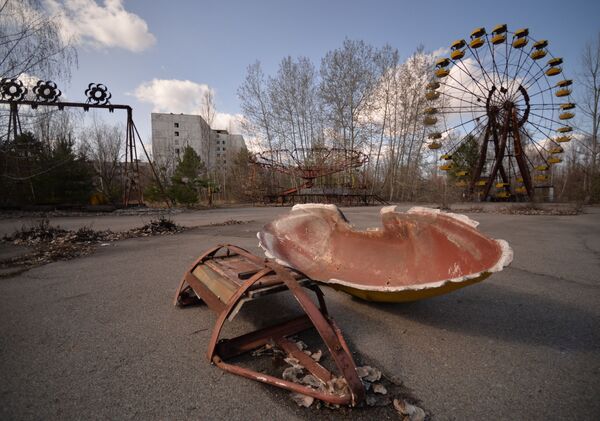
5/17
© Sputnik / Evgeny Kotenko
Radioactive gases, aerosols and dust immediately shot into the air above the reactor. A giant radioactive cloud moved toward European countries.
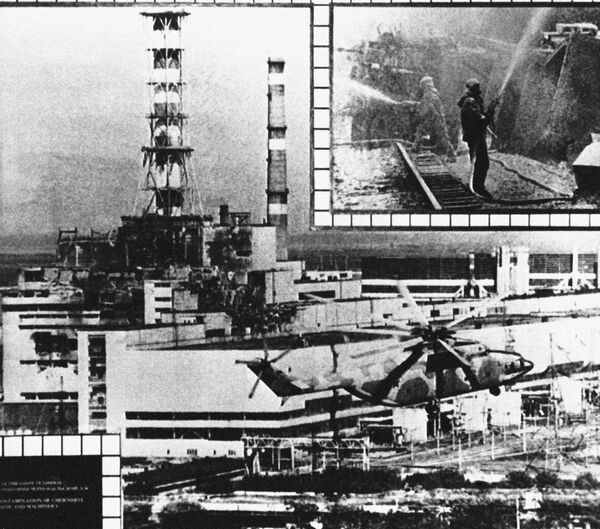
6/17
© AP Photo / Rudi Blaha
One hundred ninety tons of highly radioactive material including Uranium, Plutonium, Cesium, Iodine and Strontium were expelled into the atmosphere, exposing people to radioactivity 90 times greater than that of the Hiroshima atomic bomb.
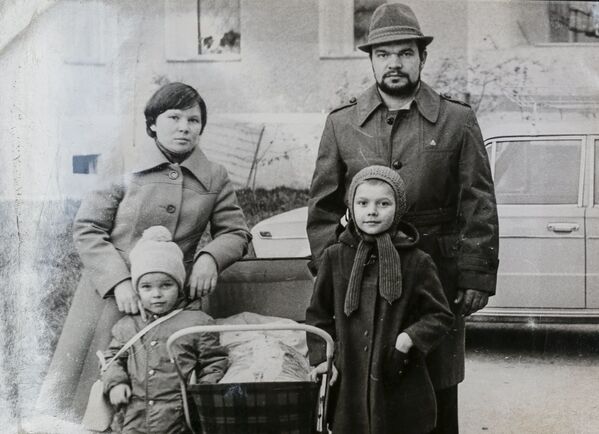
Vast areas estimated at 50,000 square kilometers, mainly in the three then-Soviet republics of Ukraine, Belarus and Russia, were contaminated by the fallout from the critical nuclear meltdown.
Above: an undated family photograph shows Nikolai Chernyavskiy and his wife Tatyana before the Chernobyl nuclear disaster in the town of Pripyat, Ukraine.
Above: an undated family photograph shows Nikolai Chernyavskiy and his wife Tatyana before the Chernobyl nuclear disaster in the town of Pripyat, Ukraine.

Evacuation measures began on April 27 and lasted for about three hours. About 45,000 people were relocated and some 116,000 were forced to leave the area and neighboring regions. About 600,000 people from all of the former Soviet republics assisted in the evacuation.
Above: Olga Korolyova, 39, poses for a photograph in her flat which was evacuated after an explosion at the Chernobyl nuclear power plant, in the ghost town of Pripyat, Ukraine April 18, 2016.
Above: Olga Korolyova, 39, poses for a photograph in her flat which was evacuated after an explosion at the Chernobyl nuclear power plant, in the ghost town of Pripyat, Ukraine April 18, 2016.

Thirty-one people were reported dead in the immediate aftermath of the nuclear disaster and the 600,000 "liquidators" received high doses of radiation, averaging around 100 millisieverts. The highest doses were received by about a thousand emergency workers during the first day of the catastrophe.
Above: an electricity socket is seen in a flat which was evacuated after an explosion at the Chernobyl nuclear power plant, in the ghost town of Pripyat, Ukraine April 18, 2016.
Above: an electricity socket is seen in a flat which was evacuated after an explosion at the Chernobyl nuclear power plant, in the ghost town of Pripyat, Ukraine April 18, 2016.
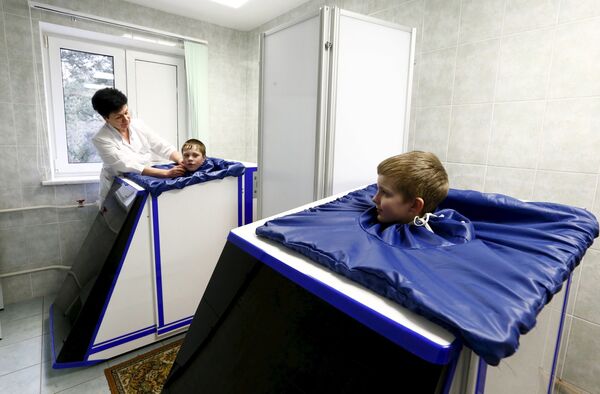
In total, about 8.4 million citizens of Belarus, Russia and Ukraine were exposed to radiation.
Above: Children, who permanently live at the territory contaminated with radionuclides after the Chernobyl nuclear power plant accident, take physiotherapy while they are in a children's rehabilitation and health center on the outskirts of Minsk, Belarus, April 25, 2016.
Above: Children, who permanently live at the territory contaminated with radionuclides after the Chernobyl nuclear power plant accident, take physiotherapy while they are in a children's rehabilitation and health center on the outskirts of Minsk, Belarus, April 25, 2016.
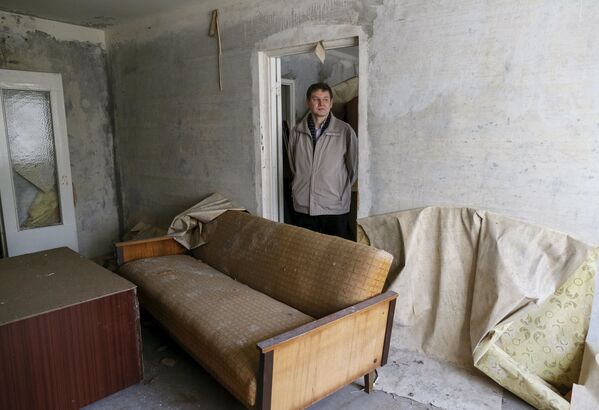
According to the Union Chernobyl of Ukraine, about 9,000 Russian liquidators died and over 55,000 were disabled as a result of the Chernobyl tragedy.
Above: Alexei Yermakov, 41, poses for a photograph in his flat which was evacuated after an explosion at the Chernobyl nuclear power plant, in the ghost town of Pripyat, Ukraine April 5, 2016.
Above: Alexei Yermakov, 41, poses for a photograph in his flat which was evacuated after an explosion at the Chernobyl nuclear power plant, in the ghost town of Pripyat, Ukraine April 5, 2016.

On July 7, 1987 six former officials and technicians at the Chernobyl nuclear power plant went on trial on charges of negligence and violation of safety regulations. Three of them were sentenced to 10 years in prison.
Above: a toy is seen in a flat which was evacuated after an explosion at the Chernobyl nuclear power plant, in the ghost town of Pripyat, Ukraine April 18, 2016.
Above: a toy is seen in a flat which was evacuated after an explosion at the Chernobyl nuclear power plant, in the ghost town of Pripyat, Ukraine April 18, 2016.

Soon after the explosion an exclusion zone with a radius of 30 kilometers (17 miles) was established.
Above: an undated family photograph shows Olga Korolyova (R) before the Chernobyl nuclear disaster in in the town of Pripyat, Ukraine.
Above: an undated family photograph shows Olga Korolyova (R) before the Chernobyl nuclear disaster in in the town of Pripyat, Ukraine.

In the immediate aftermath of the disaster, workers built a temporary shield over the damaged reactor, called a sarcophagus. Over time, the sarcophagus has deteriorated and in 2010 construction of a new shied started to prevent further leakage at the crippled reactor.
Above: mailboxes are seen in an apartment which was evacuated after an explosion at the Chernobyl nuclear power plant, in the ghost town of Pripyat, Ukraine April 18, 2016.
Above: mailboxes are seen in an apartment which was evacuated after an explosion at the Chernobyl nuclear power plant, in the ghost town of Pripyat, Ukraine April 18, 2016.
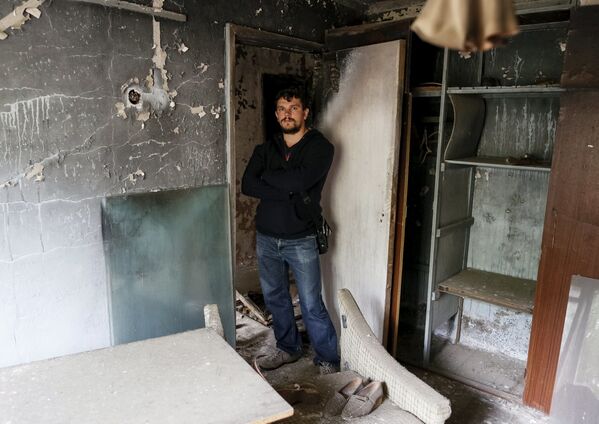
The work on the shield has been recently suspended amid the crisis in Ukraine.
Above: Roman Chernyavskiy, 32, poses for a photograph in his flat which was evacuated after an explosion at the Chernobyl nuclear power plant, in the ghost town of Pripyat, Ukraine April 18, 2016.
Above: Roman Chernyavskiy, 32, poses for a photograph in his flat which was evacuated after an explosion at the Chernobyl nuclear power plant, in the ghost town of Pripyat, Ukraine April 18, 2016.
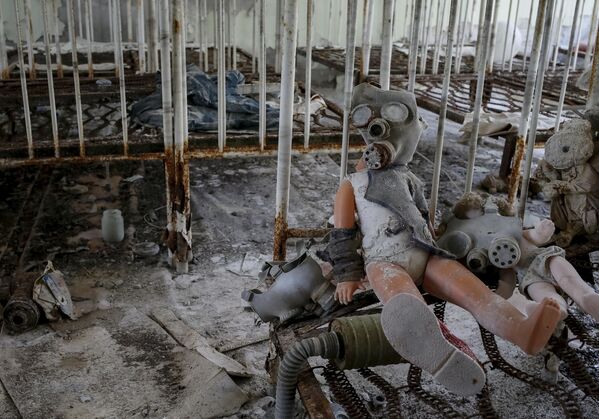
The last reactor at Chernobyl was permanently shut down by a decree of the Ukrainian government in 2000. It is expected that the damaged power station will be totally decommissioned by 2065.
Above: a doll in a children's gas mask is seen amongst beds at a kindergarten in the abandoned city of Pripyat near the Chernobyl nuclear power plant in Ukraine March 28, 2016.
Above: a doll in a children's gas mask is seen amongst beds at a kindergarten in the abandoned city of Pripyat near the Chernobyl nuclear power plant in Ukraine March 28, 2016.

17/17
© Sputnik / Alexey Vovk
In December 2003, the UN General Assembly declared April 26 an international day of remembrance to mark the memory of victims of radiation accidents and disasters. Specialists have been toiling over the cause of the disaster for years. However, no version has yet proven absolutely credible.

